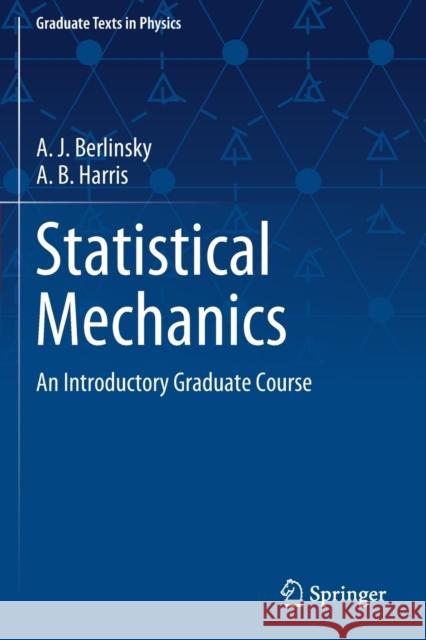Statistical Mechanics: An Introductory Graduate Course » książka
topmenu
Statistical Mechanics: An Introductory Graduate Course
ISBN-13: 9783030281892 / Angielski / Miękka / 2020 / 602 str.
Statistical Mechanics: An Introductory Graduate Course
ISBN-13: 9783030281892 / Angielski / Miękka / 2020 / 602 str.
cena 310,55 zł
(netto: 295,76 VAT: 5%)
Najniższa cena z 30 dni: 308,41 zł
(netto: 295,76 VAT: 5%)
Najniższa cena z 30 dni: 308,41 zł
Termin realizacji zamówienia:
ok. 20 dni roboczych.
ok. 20 dni roboczych.
Darmowa dostawa!
Kategorie BISAC:
Wydawca:
Springer
Seria wydawnicza:
Język:
Angielski
ISBN-13:
9783030281892
Rok wydania:
2020
Wydanie:
2019
Numer serii:
000394232
Ilość stron:
602
Waga:
0.85 kg
Wymiary:
23.39 x 15.6 x 3.2
Oprawa:
Miękka
Wolumenów:
01
Dodatkowe informacje:
Wydanie ilustrowane











